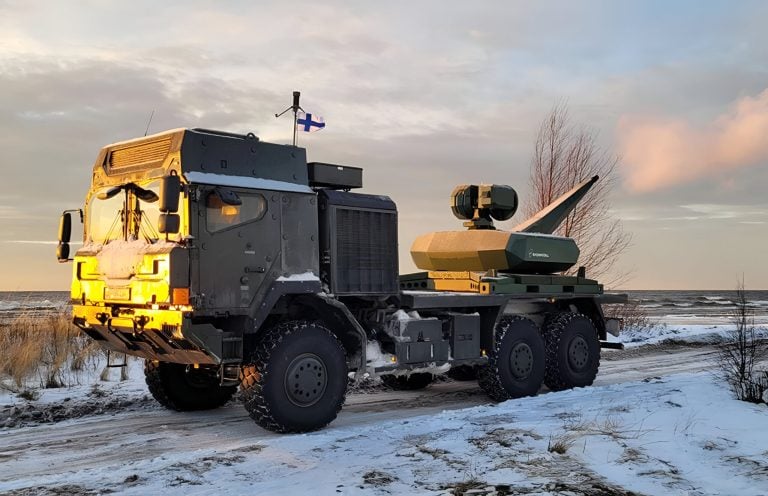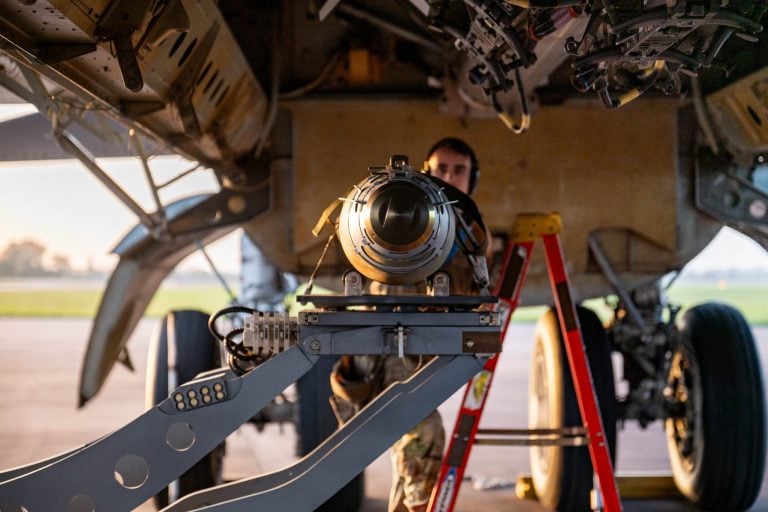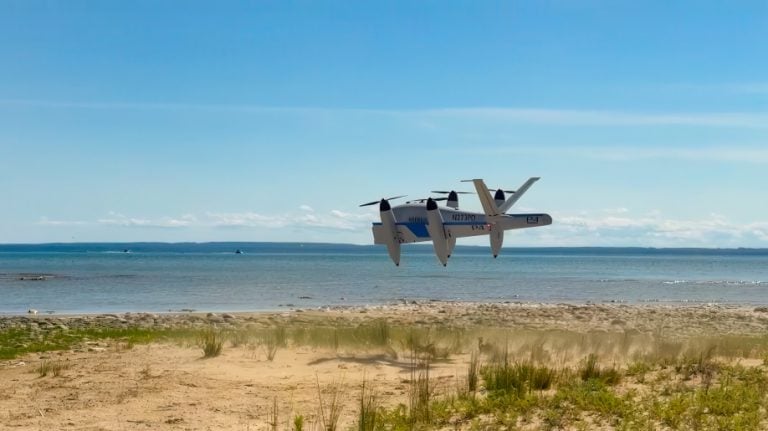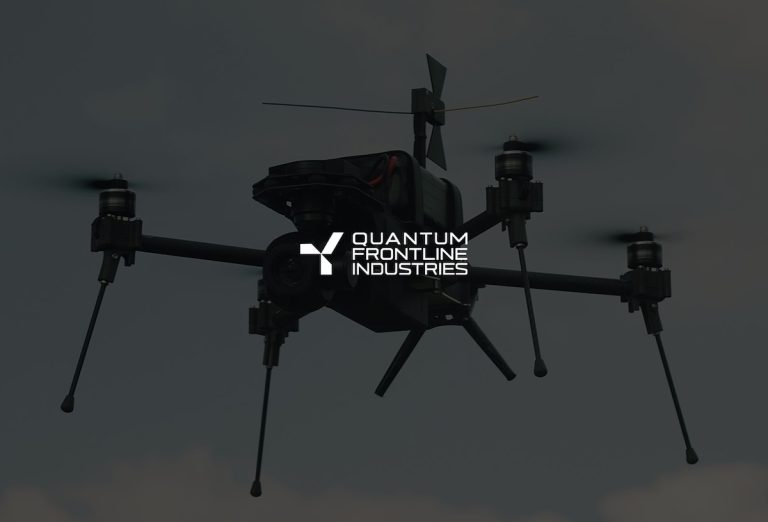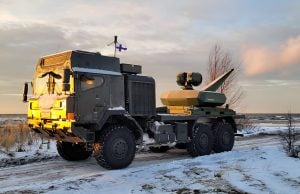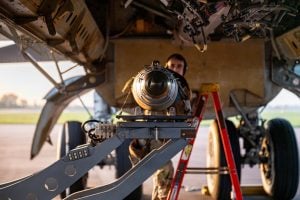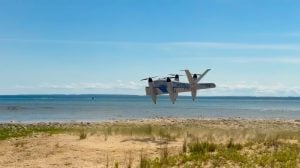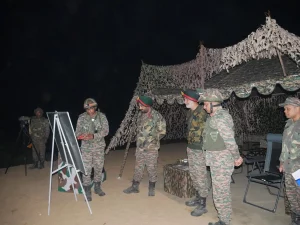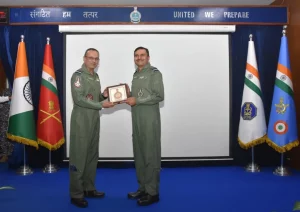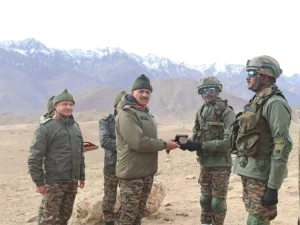The U.S. Army has officially designated its Future Long-Range Assault Aircraft (FLRAA), with the next-generation rotorcraft to be known as the MV-75. This announcement was made by Vice Chief of Staff Gen. James Mingus during an annual Army aviation conference held in Tennessee. Notably, the MV-75 will be integrated into operations by the 101st Airborne Division, famously known as the “Screaming Eagles,” based in Fort Campbell, Kentucky.
Gen. Mingus emphasized the rationale behind this decision, describing the 101st Airborne as a formation specifically structured to deploy quickly and function effectively in challenging environments. He highlighted that the division routinely operates in contested situations, necessitating aircraft that can deliver speed, endurance, and reliability.
The FLRAA program received significant attention earlier in 2022 when Bell Textron was selected as the prime contractor, defeating a joint bid from Lockheed Martin’s Sikorsky and Boeing. The V-280 Valor, which is a tiltrotor design, is anticipated to enhance battlefield operations by extending the range and effectiveness of air assault missions. Reportedly, the V-280 Valor boasts performance metrics that include double the speed and range of current military helicopters.
Despite the progress with the aircraft’s designation and the assignment to a specific unit, the timeline for its deployment remains uncertain. Col. Jeffrey Poquette, the army’s FLRAA project manager, indicated that the current target for initial fielding is set for 2030. However, during a recent hearing with the House Appropriations defense subcommittee, U.S. Army Chief of Staff Gen. Randy George revealed that there are discussions aimed at potentially accelerating this timeline, with 2028 now being considered as a possible earlier deployment date.
Overall, while the FLRAA program is on track with its initial steps, including unit assignment and official designation, the intricacies of its rollout will be closely monitored as the Army continues to evaluate its operational needs and technological advancements.



